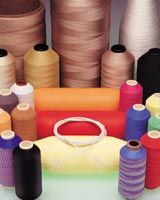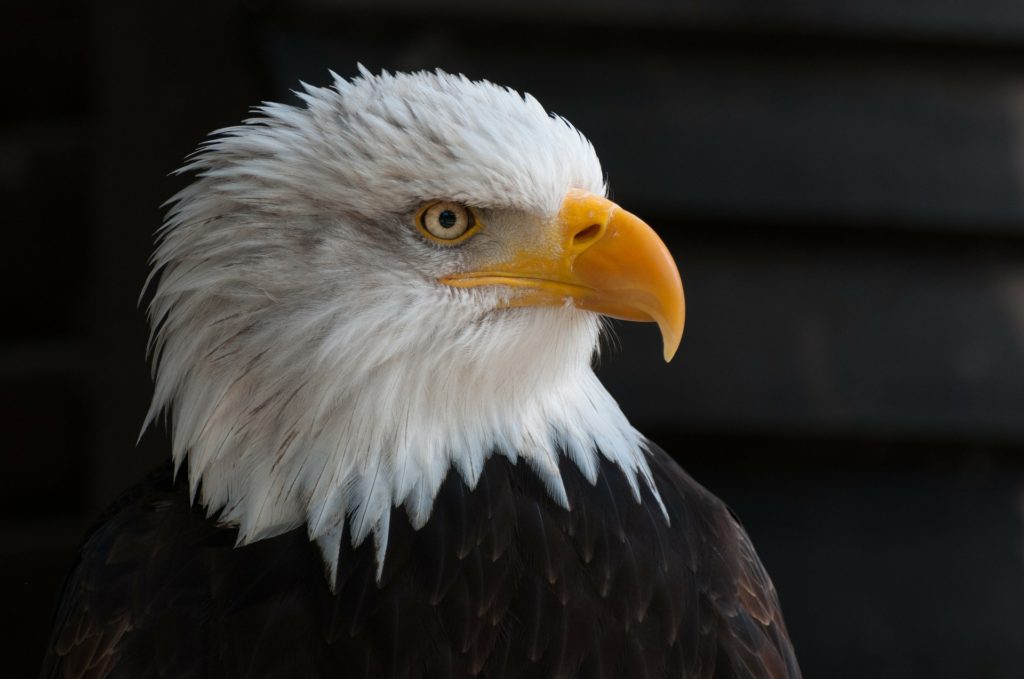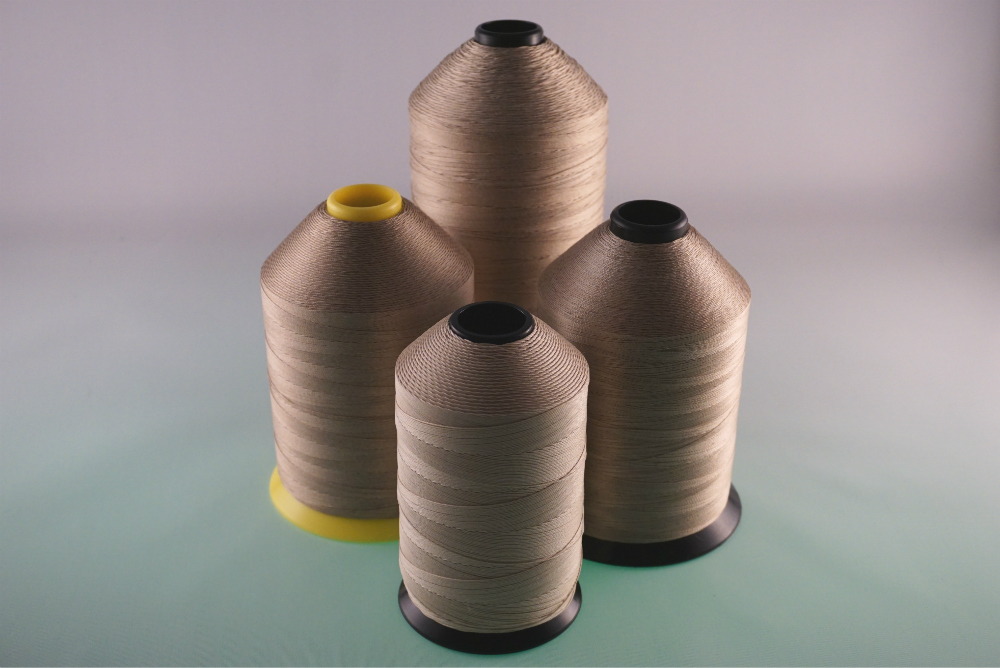What is Te flon*? What is PTFE? W.F. Lake Corp. uses PTFE from a number of sources. Teflon* is PTFE which is polytetrafluorethylene. Is there a difference? No. There are different grades, of course, and some different chemistry to a point. Check it out on Wikipedia (I know… I know) but it gives a pretty accurate account of what it is, where it is used and how it was discovered. It goes by many names, but as most of us in the industry realize, the best known brand name of PTFE is Chemours’ Teflon* (Teflon* is a registered trademark of Chemours. Chemours is the company recently spun off by DuPont). It is an amazing material and is used in many applications including our high temperature PTFE coated fiberglass products like fabrics, tapes, yarns and sewing threads. So when someone looks for Teflon Coated Fiberglass Sewing Thread, they will often find PTFE Coated Fiberglass Sewing Thread in the search. While we do use some Chemours products, we don’t always use Teflon* brand. We therefore advertise our products as “ PTFE coated fiberglass sewing thread “, or “ PTFE coated fiberglass fabric “ etcetera.
flon*? What is PTFE? W.F. Lake Corp. uses PTFE from a number of sources. Teflon* is PTFE which is polytetrafluorethylene. Is there a difference? No. There are different grades, of course, and some different chemistry to a point. Check it out on Wikipedia (I know… I know) but it gives a pretty accurate account of what it is, where it is used and how it was discovered. It goes by many names, but as most of us in the industry realize, the best known brand name of PTFE is Chemours’ Teflon* (Teflon* is a registered trademark of Chemours. Chemours is the company recently spun off by DuPont). It is an amazing material and is used in many applications including our high temperature PTFE coated fiberglass products like fabrics, tapes, yarns and sewing threads. So when someone looks for Teflon Coated Fiberglass Sewing Thread, they will often find PTFE Coated Fiberglass Sewing Thread in the search. While we do use some Chemours products, we don’t always use Teflon* brand. We therefore advertise our products as “ PTFE coated fiberglass sewing thread “, or “ PTFE coated fiberglass fabric “ etcetera.
As always, give us a call or zing us a note with any questions. We manufacture a wide range of PTFE coated fiberglass yarns, threads, fabrics, tapes and belts. We may not be the largest processor of PTFE coated fiberglass products in the world, but we may have the most diverse offering. We’re proud of our ability to apply this amazing fluoropolymer to such a wide variety of materials, providing solutions for your most demanding applications.
*Teflon is a registered trademark of Chemours





